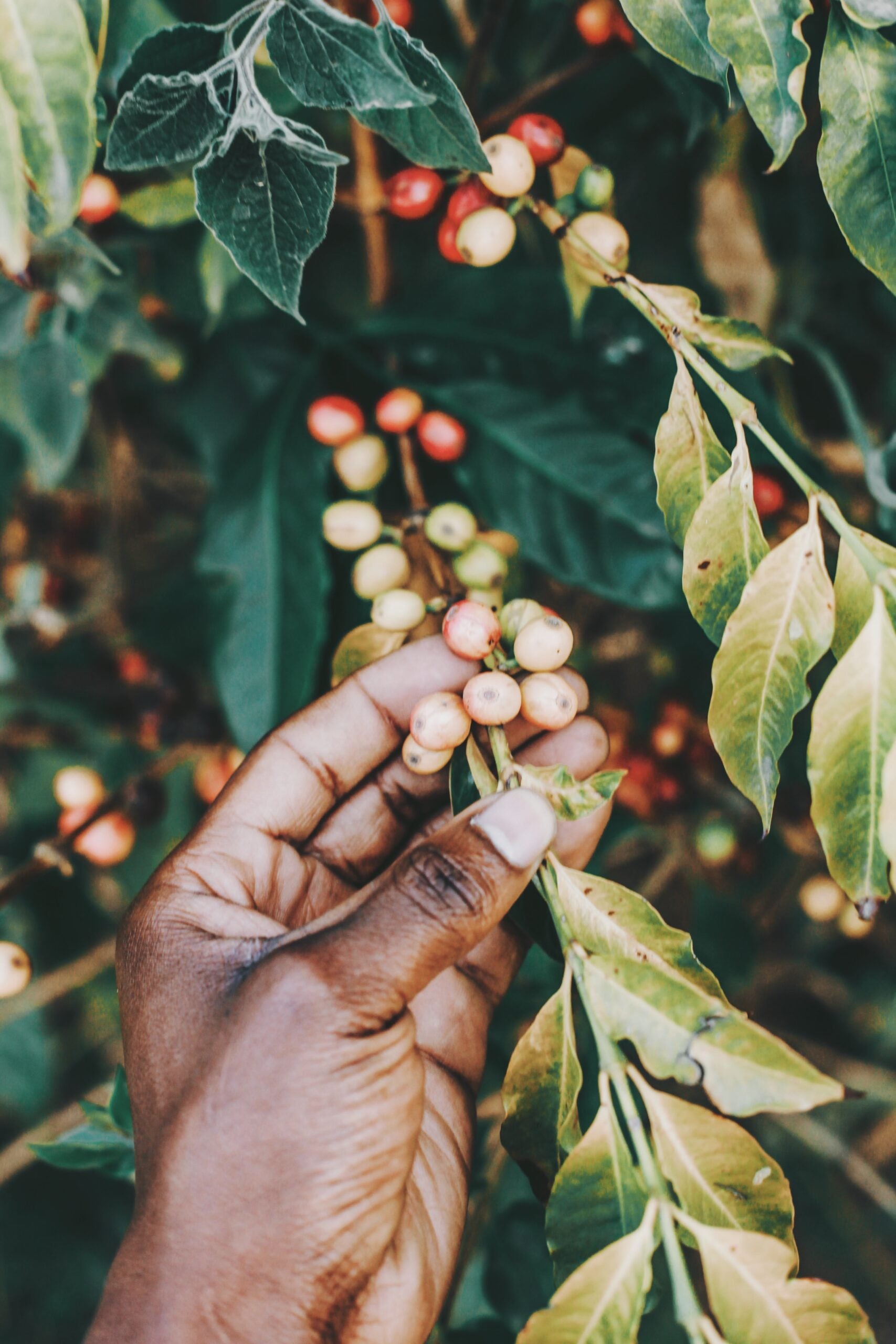
Coffee
The Life Of A Coffee Bean
At Joffrey's, we pride ourselves on our quality - from seed to cup.
But a lot more goes into a cup of coffee and we are here to show you the beauty behind the beans. Coffee beans themselves go through a whole life cycle before they're even ready for your morning cup. Join us to learn more about how your favorite cup of Joffrey's came to be!Geography
Most coffee is grown between the Tropics of Cancer and Capricorn - with the exception being Hawaii.Harvesting Cherries
Coffee plants take 3-4 years to reach maturity. When the coffee cherry is at its peak of ripeness it turns to a deep, dark red and is ready to be picked! Not all coffee ripens at the same time, so the farmers sometimes have to go through 3-4 times to pick all the coffee at its peak of ripeness.
Processing Cherries
Right after the cherries are picked - it's time for processing! Processing can be done in two different ways:-
- Dry Processing: An age-old method used in many countries where access to water is limited, the freshly picked cherries are spread out on a large, flat surface to dry. To make sure the cherries don't spoil, the fruit is raked and turned throughout the days.
- Wet Processing: The cherries will first go through a pulping machine to separate the pulp and skin. Then the cherries are transported to water filled fermentation tanks, where they will stay in the tanks for 12-48 hours. Then the beans are washed and removed from the tanks and ready for drying.
Drying the Beans
If the cherries were processed using the wet method, then the beans need to dry after coming out of the fermentation tanks. Beans can be dried two different ways - either by patio drying on a flat surface or if weather not permitting, in large mechanical dryers.Milling the Beans
Milling consists of three separate steps to get the coffee beans ready for transport and consumption:-
-
- Hulling: Hulling machinery removes the parchment layer from wet processed coffee, while dry processed coffee has the entire husk removed.
- Polishing: An optional process where silver skin is removed by a machine.
- Grading/Sorting: Grading and sorting is generally done by size and weight - but color and flaws within the beans themselves are also factored in.
-








Leave a comment
Please note, comments must be approved before they are published.